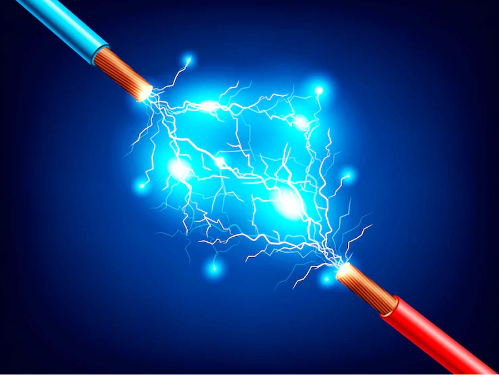Energy storage, in particular storage of electric energy, is of tremendous importance beyond the omnipresent interest in powering mobile devices and cars. Large-scale affordable storage will be the key issue in the use of renewable energy sources. This storage is intimately connected with electrochemical energy conversion. There is a flood of research articles and reviews dealing with every aspect (more or less) of energy conversion and storage. Because research and development is extremely interdisciplinary, researchers, as well as students, entering this field from different backgrounds may frequently be looking for basic information. In the currently available textbooks of electrochemistry, energy conversion and storage are just one topic among many; specialized monographs frequently require extensive knowledge on the reader’s part. The present entry collection:
Encyclopedia of Electrochemical Energy Storage and Conversion
will provide an open access collection to close the gaps. It will contain basic-level contributions describing the fundamentals with an eye to their application in the field; it will also have sections on practical aspects. Most entries will deal with specific systems and devices covering general and basic aspects as well as details of advanced developments and applications.
Please click here to find Guidelines for Submissions.
Institution: Institut für Chemie, Technische Universität Chemnitz, D-09107 Chemnitz, Germany
Interests: electrochemistry; energy conversion and storage; corrosion
Institution: Department of Nanomaterials Physicochemistry, Faculty of Chemical Technology and Engineering, West Pomeranian University of Technology, Szczecin, 71-065 Szczecin, Poland
Interests: electrochemistry; supercapacitor
Institution: State Key Laboratory of Materials-Oriented Chemical Engineering, Institute of Advanced Materials (IAM) and College of Energy Science and Engineering, Nanjing Tech University, Nanjing 211800, China
Interests: electrochemistry; supercapacitor; batteries; energy storage
Institution: Fraunhofer Institute for Ceramic Technology and Systems, 01277 Dresden, Germany
Interests: secondary batteries; supercapacitors; experimental methods for electrode characterization
Institution: School of Chemistry and Physics, Faculty of Science, Queensland University of Technology, Gardens Point Campus, Brisbane QLD 4000, Australia
Interests: energy conversion and storage; battery recycling; nanogenerators

Sorry, there is no entry in this entry collection.

